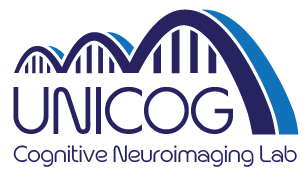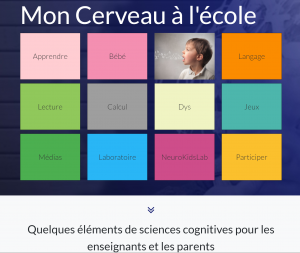GHISLAINE DEHAENE-LAMBERTZ
![]()
Pediatrician and Director of research in CNRS, I lead the Developmental Neuroimaging Lab which comprises 10 people at Neurospin, Paris-Saclay (CNRS ERL 9003, INSERM U992, CEA, Gif sur Yvette, France),
Our approach is to use non-invasive brain imaging techniques to investigate the development of cognitive functions in children. My goal is to understand how complex cognitive functions emerge in the human brain by determining the primitive functions accessible to an infant brain in order to process the external word at the beginning of life, and how these initial biases in brain organization are shaped by a human environment and culture.
Developmental researches in humans are still weakly developed due to the difficulties of testing young children. I published pioneering work using high-density event-related potentials (Nature 1994), functional resonance magnetic imaging (Science 2002) or optical topography (PNAS 2003-2013). My main domain of research is language acquisition, but I have also worked on other high-level cognitive functions such as music, number (PLOS Biology 2008), face perception or the neural bases of consciousness (Science, 2013) in infants. I have published two books for a general audience with P. Picq., L. Sagart and C. Lestienne “La plus belle histoire du langage”, translated in Arabic, Catalan, Portuguese, Chinese, Korean, Romanian and Turkish and “Apprendre à lire, ce que disent les sciences cognitives” (2011) with S. Dehaene, C. Huron and L. Sprenger-Charolles. I participate in numerous TV and Radio shows to explain cognitive development to a general audience. For my work, I received several national and international awards (Prix Justine and Yves Sergent 2013; Grand Prix Scientifique de la Fondation de France, 2015; Prix Scientifique de la Fondation NRJ in Neurosciences-Institut de France (French Science Academy), 2016; Silver Medal of the CNRS, 2018)


